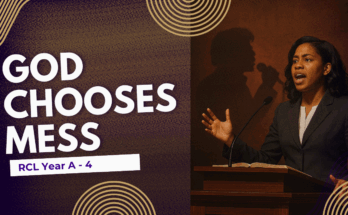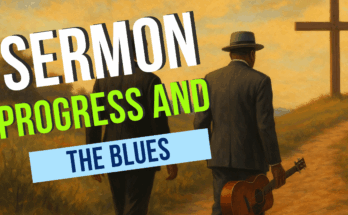As an Amazon Associate I earn from qualifying purchases.
Henry Mitchell’s work Celebration and Experience in Preaching emphasizes his concept of Celebration in preaching. You can find a description of the concept on this blog. However what is of interest to me in this post is the description of the structure of sermons that Black preachers use. While this list is not totally comprehensive, it does provide a good starting point for encoding exegesis into a sermon. These different structures are called “Genres” by Mitchell.
- Narrative – This is the simple telling of a story with a “narrative focus” in mind. The preacher tells the Bible story with the purpose that he or she wants to emphasize from the story.
- Character Sketch – This is taking a character and using the whole Bible as source material. For example one might look at the story of Abraham and preach that. One would pull from all areas of the Bible to feed into the Character.
- Group Study – This is the telling of a group story. Much like the character sketch only you would take a group. One might preach about Israel on the way to the promised land as is often done. One also might use the church of Corinth as Mitchell illustrates in his book.
- Dialogue – This is where the sermon is an actual dialogue. One might see dialog in the text and thus the sermon would be to bring the congregation in on the discussion between the Bible characters.
- Monologue or Testimony – Here you have a long monologue by a particular character. This is the first person sermon where the Bible character or the preacher tells the story.
- Metaphors, Similes, and Analogs – Here you build the sermon on a metaphor. Mitchell describes a sermon build on the cooling system of a car. Each aspect of the cooling system had a parallel in the spirtual world. This can be a very powerful way of preaching especially if the metaphor is well known to the congregation. Interestingly enough, Joseph Webb’s book Preaching Without Notes states that every sermon that is to be preached without notes should have a central metaphor.
- Stream of Consciousness – Here the preacher is to “…get inside the flow of thought of a person and identify with her or his struggle for insight, peace, or whatever.” (46)
I think that we as preachers should strive for variety in preaching. The Domains of Experience of Cleophus LARue can help us make sure to address different aspects of human experience by striving for variety in the different domains preached. In addition, we can strive to use different Genre’s as well.
Amazon and the Amazon logo are trademarks of Amazon.com, Inc, or its affiliates.







